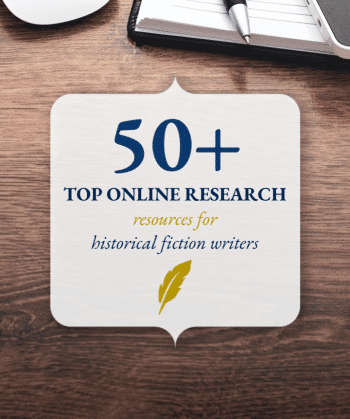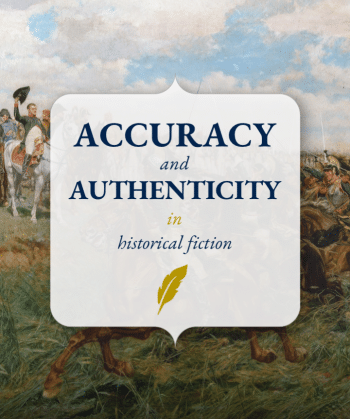Art is a rich resource for historical fiction writers. It tells us what things looked like – and what people thought. Want to know what fashions were worn in your period? Easy, look at portrait paintings. Every story about the Tudors conjures Holbein’s iconic portrait of Henry VIII. And it’s not just early modern portraitists such as Holbein and Reynolds. Ancient Hittite reliefs depict people and costume.
Artists from the past portrayed important people. Nobility, religious leaders, the military. What of the lower orders, ‘ordinary’ working people?
Social history and working people
Before 17th century Dutch artists such as Vermeer began to paint servants, workers were rarely the subject of a picture. But they are there, hidden away – just as in life. Borders in medieval manuscripts sometimes show workers. Renaissance religious paintings often have crowds in the background.
Pieter Breughel’s Children’s Games was conceived with a religious message, but his details show us what kids did before TV was invented.
Art is not only paintings
Art is much more than paintings. There are textiles, ceramics, sculpture, jewellery. Often other artefacts survive longer than paintings.
Think of Greek vases, often decorated with images of people. A near 2,500-year-old wine bowl depicts a woman playing a lyre. Only fragments of lyres of that age survive, but the picture shows us what they looked like. Or does it?
An objective record?
The artist who decorated the Greek vase was skilled. The proportions of the women’s bodies are natural, while details such as curls in their hair, and toes on their bare feet, make them seem real and alive. As time passed, technical developments such as shading and perspective enabled artists to make their pictures look more and more ‘real’.
But do not be deceived. A picture that looks realistic may not be. An artist’s primary task is not to create an objective record; it is to convey a message. Did Henry VIII actually wear all the magnificent clothing in Holbein’s painting? Or was it a PR image, to project Henry’s power and wealth? Did workers truly wear the dull colours of crowds around Jesus Christ? Or did artists paint them so, to blend into the background?
50+ top online research resources for historical fiction writers

Artists’ messages
When messages are close to our own experience, they are easy to read. For instance, in Robert Alexander Hillingford’s Wellington at Waterloo, brightly dressed, courageous soldiers look to their hero for inspiration. A century later, in Wyndham Lewis’ A Battery Shelled, men become automatons in an industrial war.
Modern messages: advertising
In the modern era, there is a form of art that tells us a lot about society, but is not considered to be art: it is advertising. For instance, a 1930s advert promotes radium as a beauty aid.
Advertising is aspiration: it doesn’t show people as they are, but as they would like to be. Hence, it gets to the core of what fiction writers are also interested in: what people want.
If adverts are available from your period of interest, they are a fabulous source of inspiration for historical setting.
Iconography
Art contains iconography. Sometimes subtle, sometimes overt, but always there. Adverts depict successful, desirable people: the person the purchaser will become. It’s iconography that we who are embedded in the culture can automatically read.
When art is from another time or place, the iconography is different. Medieval religious art contains iconography that can be learned, such as St Peter holding the keys of heaven. But other iconography has been lost. Why, for instance, are there naked couples in the border of the Bayeux tapestry? Many academics have sought to understand these borders. None have definitive answers, but most believe that the borders are a subversive message. Such gaps in knowledge create opportunity for fiction writers to step in.
Inspiration
Stepping into the gaps, imagining the stories behind the art, is fertile territory. Art is a key to the unknown.
In less than a hundred years, we’ve moved from radium being beauty treatment to death sentence. How much more might attitudes have changed over a longer period? Consider Neolithic female sculptures. They have broad hips, fat thighs, and pendulous breasts. Such images were considered desirable enough to invest the time and energy into carving them from stone.
Experts suggest these women were fertility symbols, maybe goddesses. But did actual people in that era look like that? Or was it aspiration, a dream of sufficient resource to become that fat? We can only speculate. And from speculation, comes story.
Accuracy and authenticity in historical fiction

Art to illuminate other cultures
An artist’s message arises from their culture. European art was dominated for centuries by Christianity. But what of other continents, other eras? For example, Chinese art has an utterly different world view. In The Mountains to Collect Herbs by 16th century artist Lu Zhi is typical. A European artist would have focussed on a person collecting herbs. In Lu Zhi’s painting, humans are insignificant.
Art as key to a society
An artist’s work arises from society as a whole. Do they have free choice of subject matter? What media are available? Does society support artists, or must they create in moments snatched from the business of living?
Such questions open up whole new areas of enquiry – and opportunities for storytelling. Consider, for instance, the Chimu mantle, a near-thousand-year-old textile from Peru. Its brilliant colours depict birds and fish. What is the story of its creation? To make such an object involves significant resource. Even if labourers were enslaved, fibre must be harvested, prepared, spun, dyed, woven. Who masterminded the design, translated it into a weaving pattern, ensured there was enough of the right materials? Who commissioned it? What was the economy that provided the resources? This single art object opens the door to a whole historical world.
Art as a time machine
Ancient art speaks to us, human to human. The 20,000-year-old Lascaux paintings are famous. Handprints from 9,300 years ago wave a greeting from an Argentinian cave. Look into the history of African art and discover that people were painting expressive pictures there, millennia before England was inhabited at all.
Now, there’s a story.
Helen Johnson is a guest contributor to The History Quill. She has spent a quarter of a century writing about Yorkshire’s people, places, culture and heritage. What she learned inspired her to bring Yorkshire’s past to life through historical fiction. She is currently working on a novel set during William the Conqueror’s genocide. Helen also publishes articles, reviews and short stories. She is a beta reader for The History Quill, a reviewer for the Historical Novel Society, and leads workshops for Promoting Yorkshire Authors. Visit Helen’s website for more information.
Do you write historical fiction?
Join our email list for regular writing tips, resources, and promotions.

